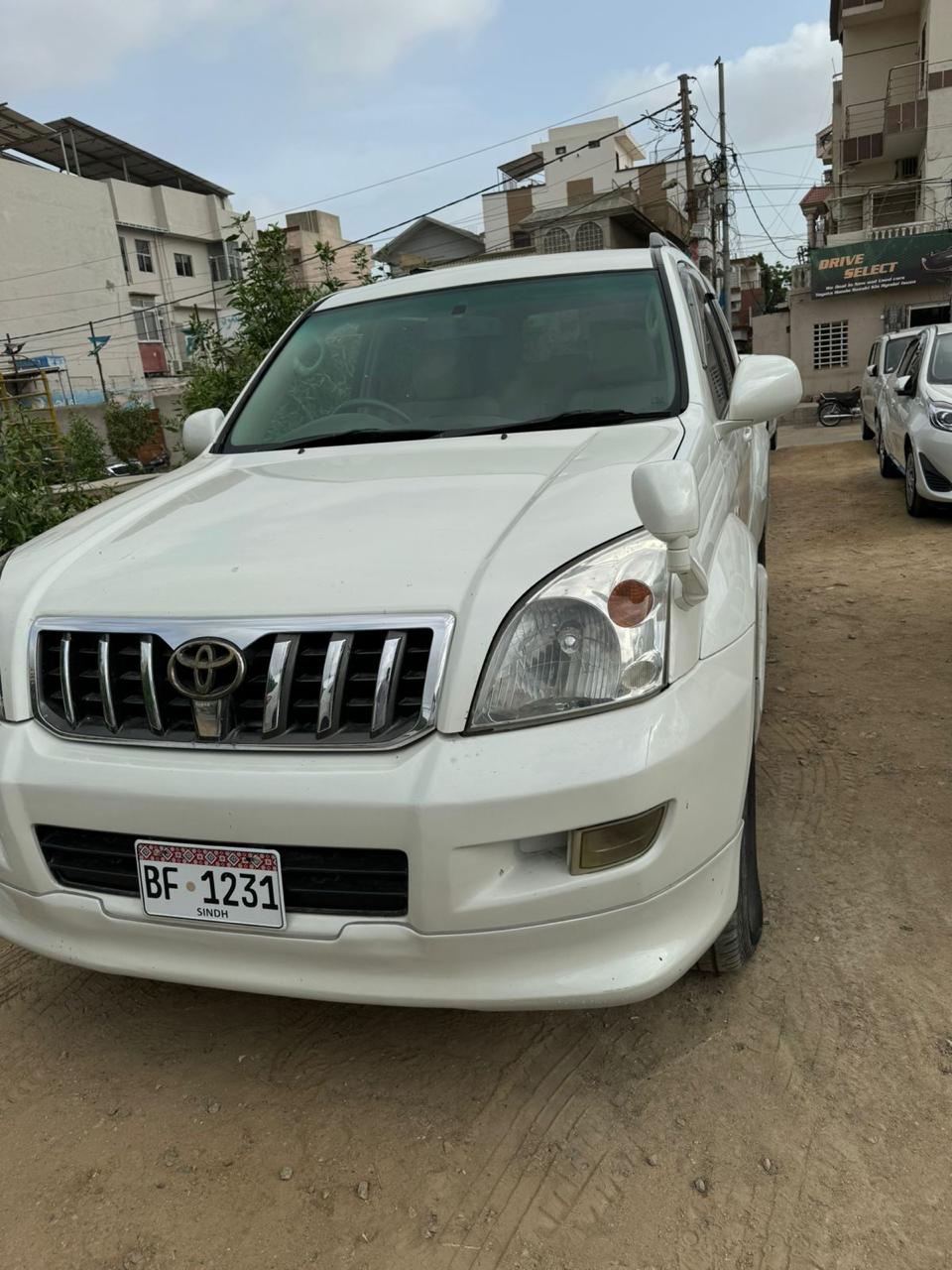Why New Car Prices Are Set to Rise Again in Pakistan

The automotive industry in Pakistan has been facing a tumultuous time, with new car prices witnessing a consistent upward trend in recent years. As consumers and industry stakeholders navigate this challenging landscape, several key factors are driving the impending rise in new car prices in Pakistan. Understanding these factors can help consumers make informed purchasing decisions and prepare for the evolving market conditions.
1. Currency Devaluation
One of the most significant factors affecting new car prices in Pakistan is the ongoing devaluation of the Pakistani rupee. The depreciation of the rupee against major currencies like the US dollar makes imported vehicle components more expensive. Since many local manufacturers rely on imported parts and materials, this increase in costs is often transferred to consumers in the form of higher car prices. As the currency fluctuates, manufacturers may feel compelled to adjust their pricing structures to maintain profit margins.
2. Rising Input Costs
The costs of production in the automotive sector have been rising due to various factors, including increases in raw material prices, labor costs, and energy expenses. For instance, the global supply chain disruptions caused by the COVID-19 pandemic have led to shortages of crucial materials, pushing prices higher. These escalating input costs directly influence the pricing strategies of car manufacturers, resulting in increased prices for consumers.
3. Inflationary Pressures
Pakistan has been grappling with high inflation rates, which erode purchasing power and affect consumer behavior. As inflation rises, manufacturers face mounting pressure to increase prices to keep pace with the cost of living and operational expenses. This inflationary environment creates a challenging situation for both consumers and businesses, making it increasingly difficult for potential car buyers to find affordable options.
4. Government Policies and Taxes
Changes in government policies and taxation can also significantly impact car prices. The imposition of additional taxes, tariffs, or regulatory fees on vehicle imports can lead to increased costs for manufacturers. Moreover, government policies aimed at promoting electric vehicles or local manufacturing can create further fluctuations in pricing as the industry adapts to new regulations. As the government seeks to balance economic growth with revenue generation, consumers may face the brunt of these changes through higher prices.
5. Supply Chain Disruptions
The automotive industry has been affected by global supply chain disruptions, particularly for semiconductor chips, which are essential for modern vehicles. Delays in the supply chain can lead to production slowdowns and increased costs for manufacturers. As a result, the scarcity of new vehicles can drive prices upward due to heightened demand and limited supply. This dynamic creates an environment where manufacturers may increase prices to balance supply and demand.
6. Increased Demand for Vehicles
Despite rising prices, the demand for new vehicles in Pakistan remains robust, driven by a growing middle class and increasing urbanization. As more consumers seek personal transportation solutions, the competition for available inventory can lead to higher prices. Additionally, limited availability in the used car market can further exacerbate demand for new cars, pushing prices upward.
7. Market Sentiment and Consumer Behavior
Finally, market sentiment and consumer expectations play a crucial role in determining car prices. As consumers anticipate further price increases, many may rush to make purchases, creating a surge in demand that can outstrip supply. This phenomenon can lead manufacturers to raise prices preemptively, knowing that demand is likely to remain strong despite rising costs.
Conclusion
The factors driving the rise in new car prices in Pakistan are multifaceted and interconnected. Currency devaluation, rising input costs, inflation, government policies, supply chain disruptions, and increased demand all contribute to the challenging landscape of the automotive market. As consumers navigate this evolving environment, staying informed about these trends can empower them to make better purchasing decisions and prepare for the future of car ownership in Pakistan.


